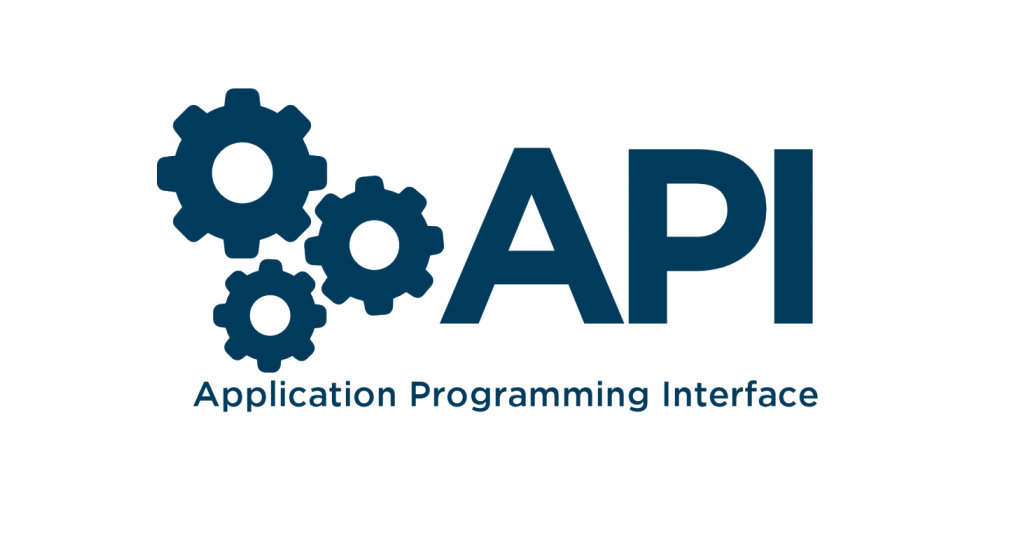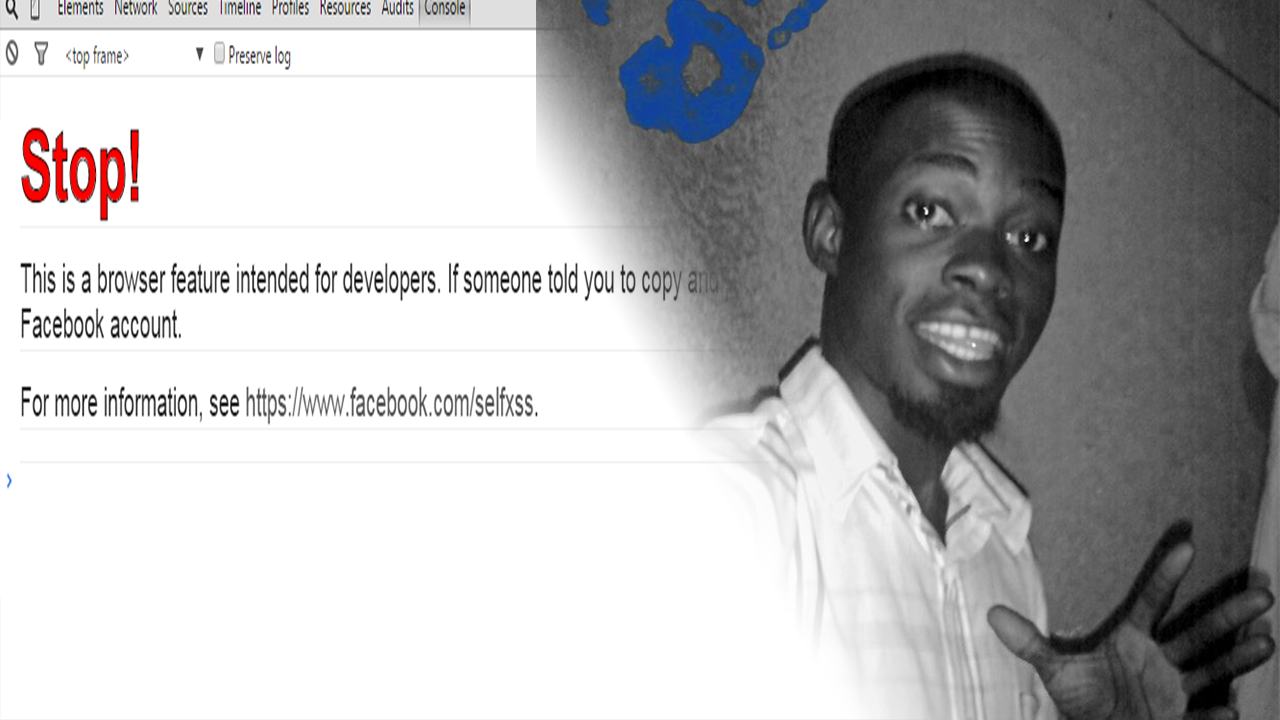HTML explained in a few lines
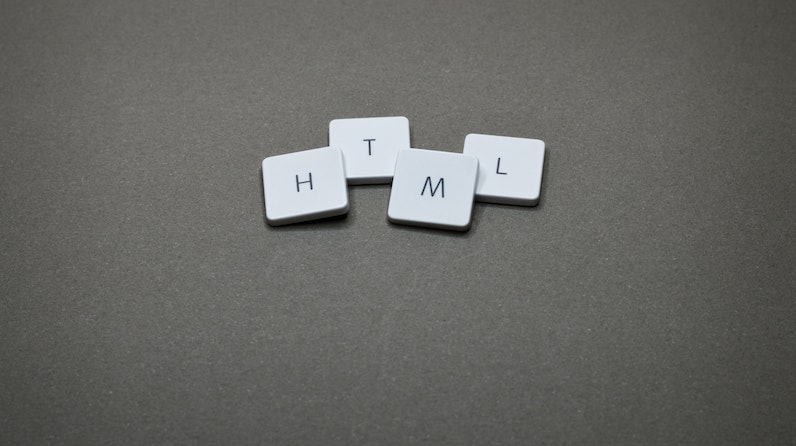
Make money for being or staying online/internet.
You will get a $50 starting gift when you join using this code: Exode4LKrbujm1z and link:: GET THE OFFER NOW!!
HTML, or Hypertext Markup Language, is the standard markup language for creating web pages and web applications. It is used to structure and organize content on the web, and to create the basic structure and layout of a webpage.
HTML is written in the form of tags, which are used to define the structure and content of a webpage. These tags are surrounded by angle brackets, and typically come in pairs, with an opening tag and a closing tag. The content of the webpage is placed between the opening and closing tags.
Some common HTML tags include:
<html>: The root element of an HTML document.
<head>: Contains metadata about the webpage, such as the title and links to external stylesheets and scripts.
<body>: Contains the main content of the webpage.
<h1>-<h6>: Headings of different sizes.
<p>: A paragraph of text.
<div>: A container for other HTML elements, used for layout and styling purposes.
<a>: A hyperlink to another webpage or a specific location on the same webpage.
<img>: An image.
In addition to these basic tags, HTML also includes a wide range of other tags for adding more advanced features to a webpage, such as forms, tables, and multimedia elements.
HTML has evolved significantly over the years, with the release of new versions adding new features and capabilities. The latest version, HTML5, introduces new elements and features that make it easier to create interactive and multimedia-rich web experiences.
In conclusion, HTML is the foundation of the modern web, and is an essential tool for web developers and designers. Its simple, yet powerful, syntax allows for the creation of rich and engaging web content.
Save up to 80% with this Domain & Shared Hosting package deal! 80% OFF - GET OFFER NOW
Related Post(s)
» HTML explained in a few lines
» The HTML pattern attribute - regular expressions on input fields
» How to force the browser to cache a page?
» How to Create a Nav Bar | HTML & CSS Tutorial | Source Code
collections_bookmark Category :: Htmldate_range Published :: 1 year ago At: 11:46 PM
event_note Detailed Date :: Jan 06th, 2023
person Writer :: Code
- RECENT POSTS
 1 year ago
1 year ago
How to force the browser to cache a page?
There are several ways to force a web browser to cache an HTML page:
 1 year ago
1 year ago
How can i cache pages using php?
You can use the output buffering functions in PHP to cache pages. Output buffering allows you to store the output of a PHP script in a buffer, which you can then manipulate before sending it to the client.
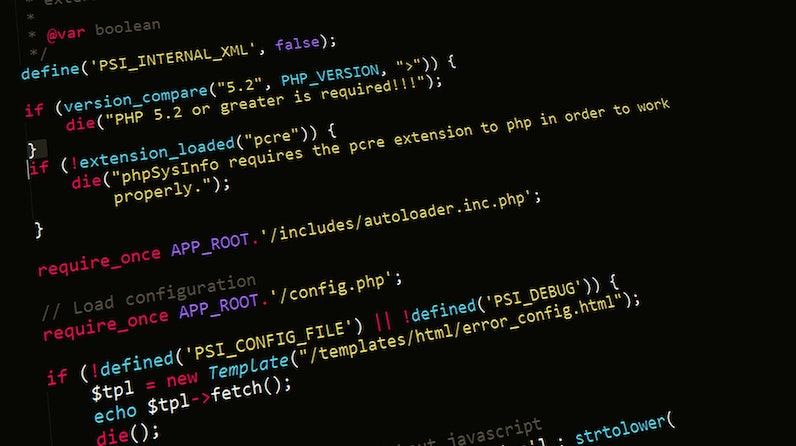 1 year ago
1 year ago
PHP is a popular programming language that is widely used for web development. It stands for "PHP: Hypertext Preprocessor" and is a server-side scripting language. This means that it is executed on the server, rather than in the user's web browser.
 1 year ago
1 year ago
HTML, or Hypertext Markup Language, is the standard markup language for creating web pages and web applications. It is used to structure and organize content on the web, and to create the basic structure and layout of a webpage.
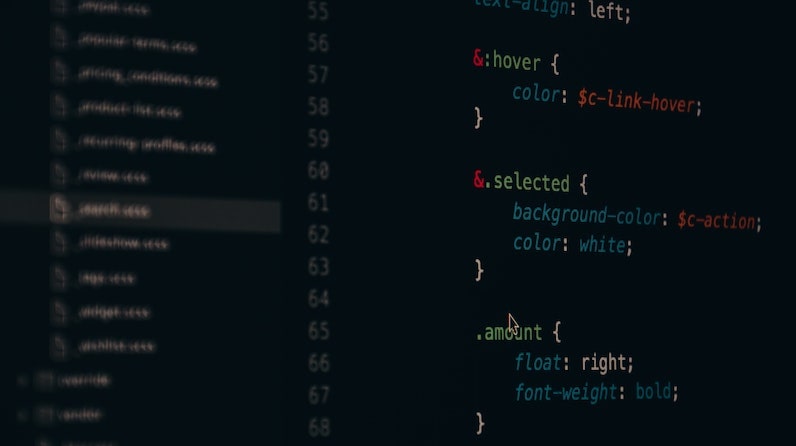 1 year ago
1 year ago
CSS, or Cascading Style Sheets, is a stylesheet language used for describing the look and formatting of a document written in HTML. CSS is used to control the presentation of multiple web pages at once, making it a crucial tool for web developers and designers.
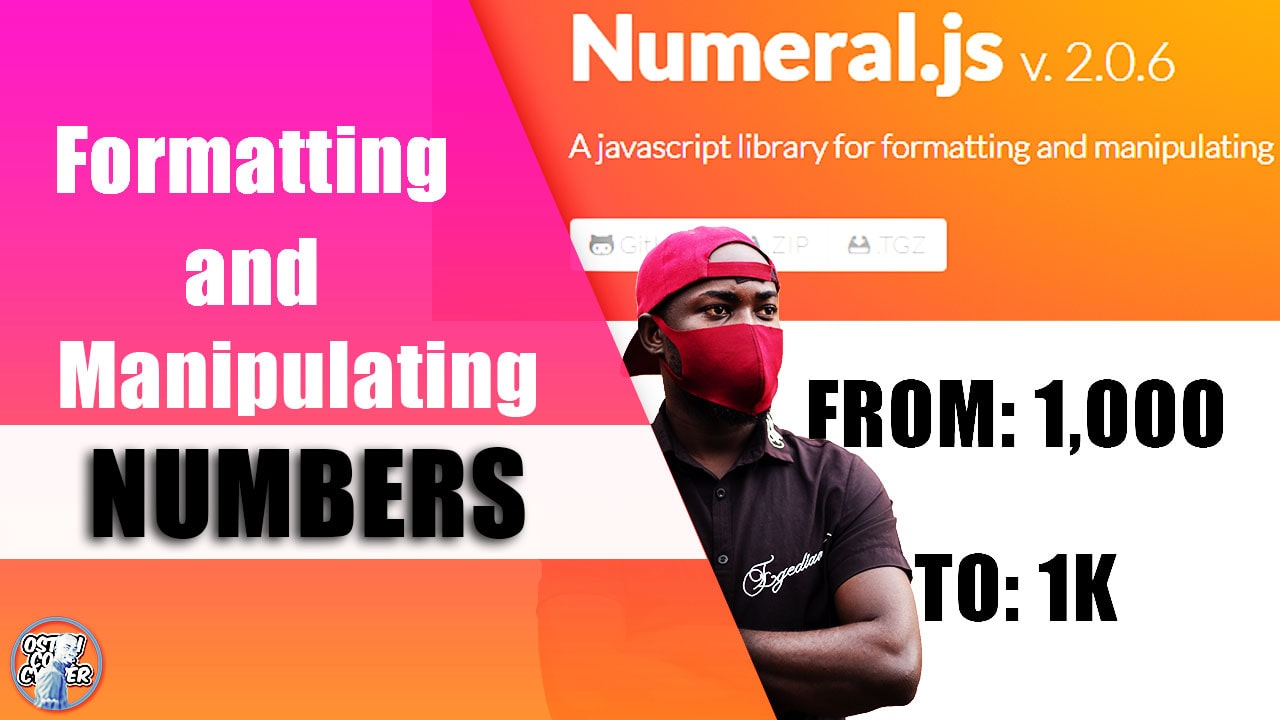 3 years ago
3 years ago
A JavaScript library for formatting and manipulating numbers - Numeral.js
Check out this lightweight JavaScript library used for formatting and manipulating numbers.
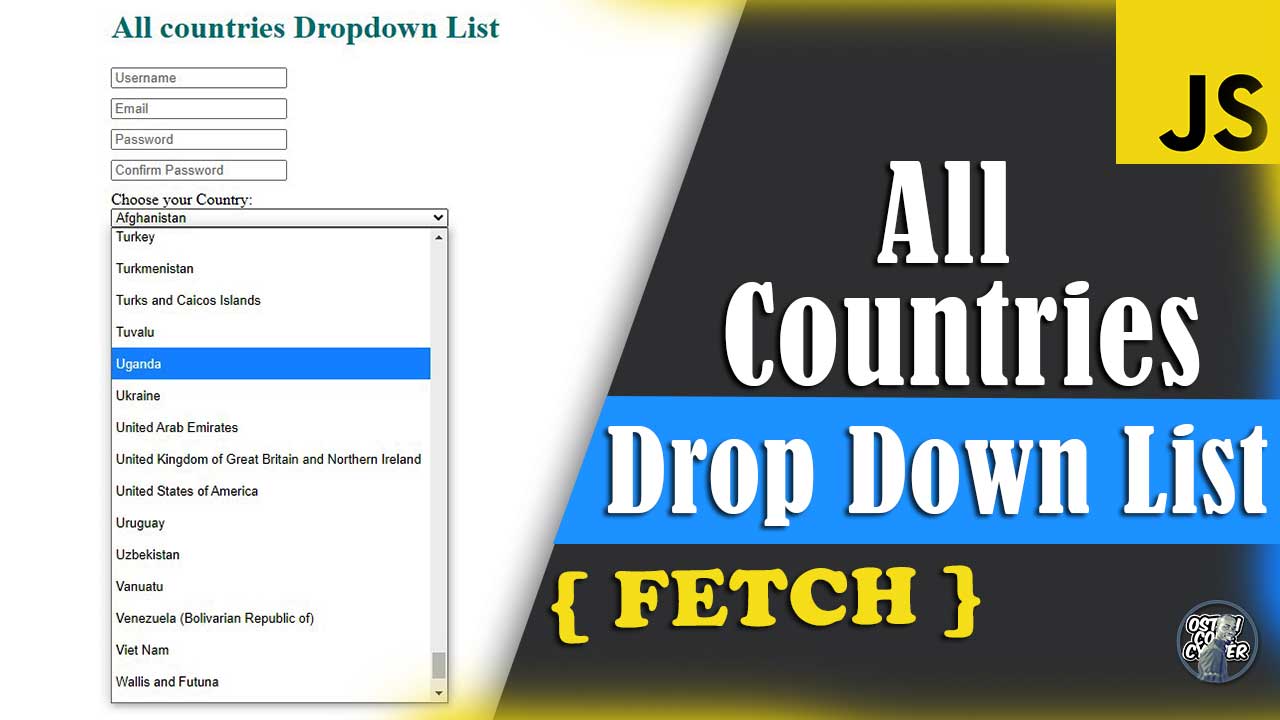 3 years ago
3 years ago
All Countries Drop Down List | HTML Select Country Name
This simple country dropdown list is freely available for you to copy and use in your project forms.
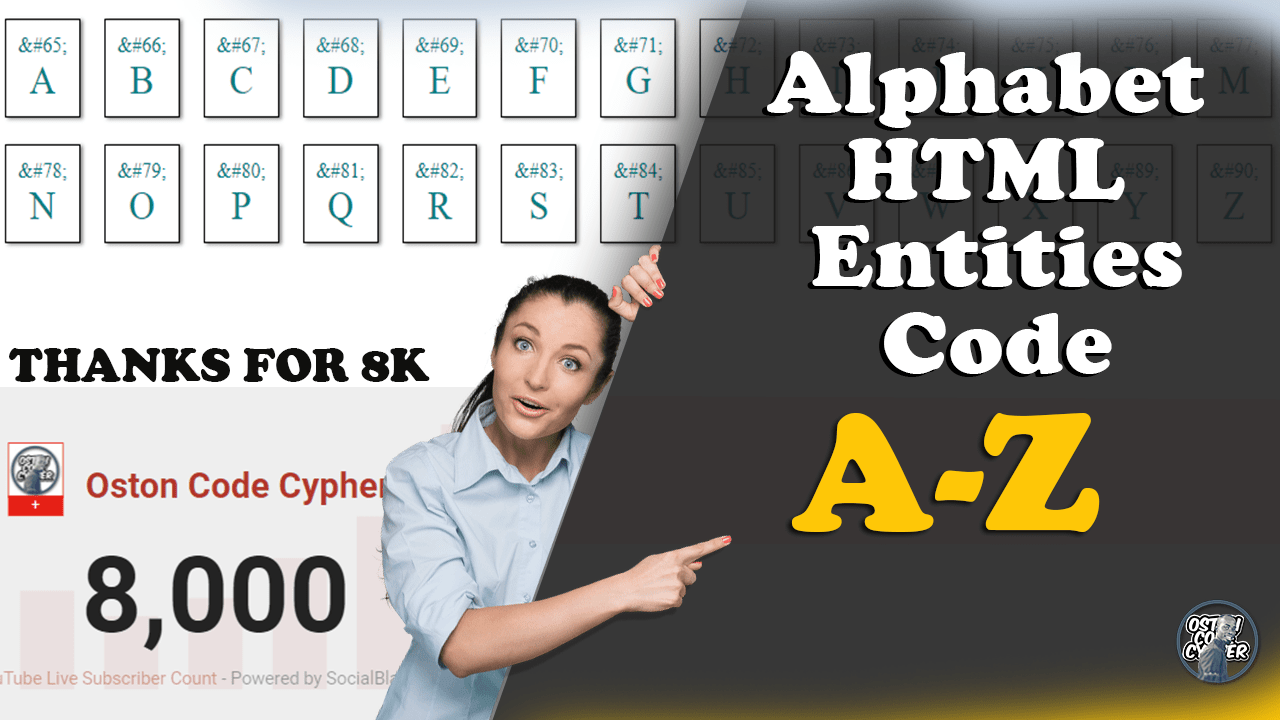 3 years ago
3 years ago
HTML Entities Code Alphabet Discovery Using JavaScript
In this post I will show how writing just a few lines in JavaScript will allow you to render, browse and discover the alphabetical letters using a set of HTML entity codes.
- ADVERTISEMENT

